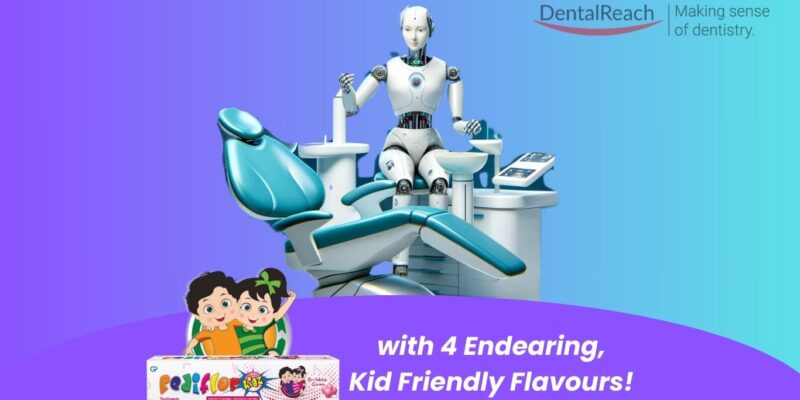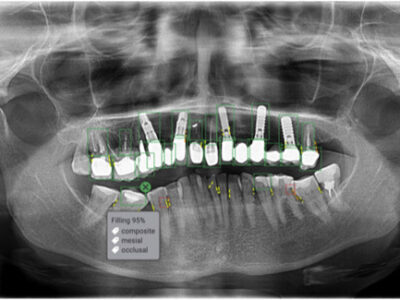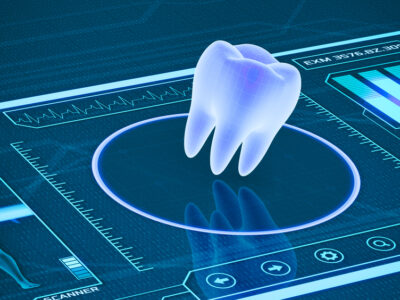Abstract
Artificial intelligence (AI) is rapidly advancing in health care, and one of its most promising applications is in the field of dentistry, particularly in the diagnosis and management of periodontal diseases. Periodontal diseases, including gingivitis and periodontitis are common but often underdiagnosed, with early stage symptoms being difficult to detect without the aid of advanced tools. AI is playing a pivotal role in revolutionizing how periodontal conditions are diagnosed, providing dentists with powerful tools to enhance their decisions making and improve patient outcomes.
Introduction
Periodontal disease refers to infections of the structures around the teeth including the gums , periodontal ligament , and the alveolar bone. The two primary forms of periodontal diseases are :-
- Gingivitis – inflammation of the gums, often caused by plaque buildup. It is the milder form of periodontal disease and is usually reversible with good oral hygiene.
- Periodontitis – a more severe condition that leads to the loss of the supporting structures of the teeth, including the bone. Periodontitis is associated with complications such as tooth mobility, gum recession and in extreme cases tooth loss.
Early diagnosis is crucial for effective treatment, as it can prevent the progression from gingivitis to more severe periodontitis. However, diagnosing periodontal diseases at their early stages can be challenging, which is where AI technologies are stepping in.
Key Areas Where AI Is Assisting In Periodontal Diagnosis
- AUTOMATED RADIOGRAPHIC INTERPRETATION
AI algorithim are being used to analyze dental radiographs X rays to detect signs of periodontal disease,such as bone loss, pockets and other subtle changes. AI can assist in identifying early signs of periodontitis that may be overlooked by human clinicians, improving diagnostic accuracy and speed.
- RISK ASSESSMENT
AI systems can evaluate patient data including medical history, genetics and lifestyle factors to assess the risk of periodontal disease. These tools can help identify patients at higher risk and guide preventive interventions.
- DETECTION OF PATHOLOGICAL CHANGES
AI can early identify signs of gingival inflammations or recession, periodontal pockets and other pathological conditions from clinical photographs or scans, aiding in early interventions and better treatment outcomes.
- AUTOMATED CHARTING
AI tools can automate the recording and charting of periodontal measurements, such as probing and attachment levels, making the diagnostic process more efficient and reducing the potential for human error.
- PREDICTIVE ANALYSIS
AI can assist in creating personalized treatment plans based on the patients specific conditions, history and other individual factors. By integrating data from various sources , AI can recommend optimal therapeutic strategies and predict their potential success.
- PATIENT EDUCATION
AI powered applications can generate patient friendly report and visualize of their periodontal health, helping to educate patients on their conditions and the importance of preventive care , as well as the recommended treatment protocols.
- RISK PREDICTION MODELS
AI can identify patients at high risk for periodontal disease by analyzing medical histories, lifestyle , factors of lifestyle, genetic predisposition and previous periodontal conditions. Predictive models can also forsee the progression of disease and suggest personalized treatment. AI can aid in the decision making process by considering numerous factors, such as clinical findings, patient preferences and evidence based guidelines.
- PREDICTIVE MODELLING
AI can look into the historical data from similar diseases to predict the likely success of a given treatment, providing both the clinician and patient with informed expectations .
AI in Periodontal surgery :-
AI role extends to realm of periodontal surgery where its application include precision guidance for surgical procedures, particularly for complex regenerative and implant surgeries .
AI In tissue engineering :-
Ai is also being used in the design of biomaterials and regenerative procedures. By analyzing large datasets from clinical outcomes AI models can suggest optimal biomaterial choices and techniques for regenerating lost periodontal tissues.
Conclusion
The application of AI in periodontics is evolving rapidly,offering exciting possibilities for enhancing diagnosis , treatment planning ,surgical precision ,and patient care .
As AI technology continues to improve, it is likely that its role in periodontics will expand, leading to more personalized, efficient and accurate periodontal care. However careful consideration must be given to ethical privacy and training challenges to ensure that AI is used responsibly and effectively in clinical settings. The future of AI becomes as integral tool in the hands of dental professional.

















Comments